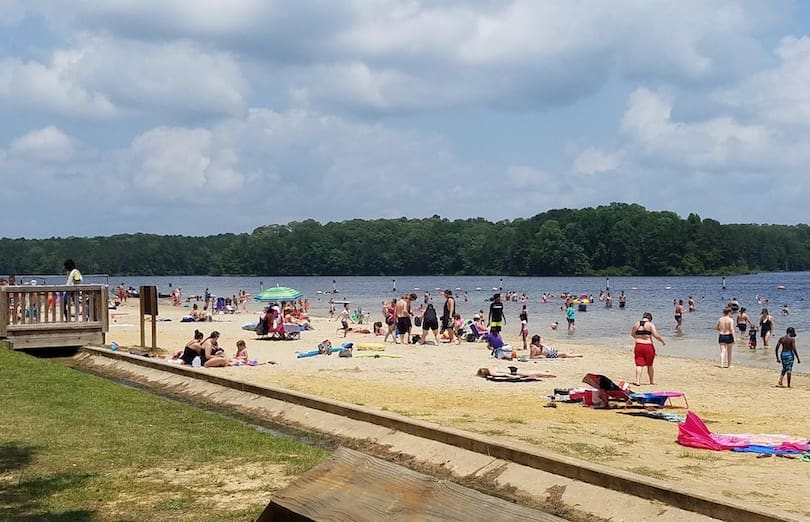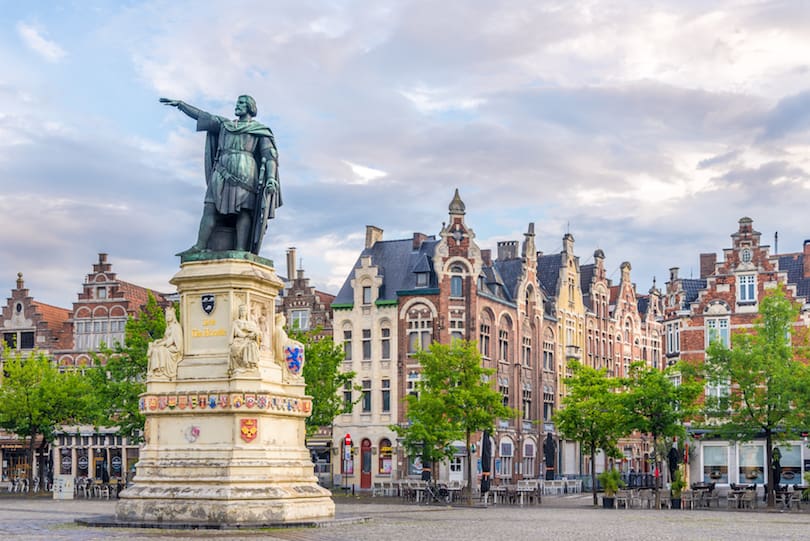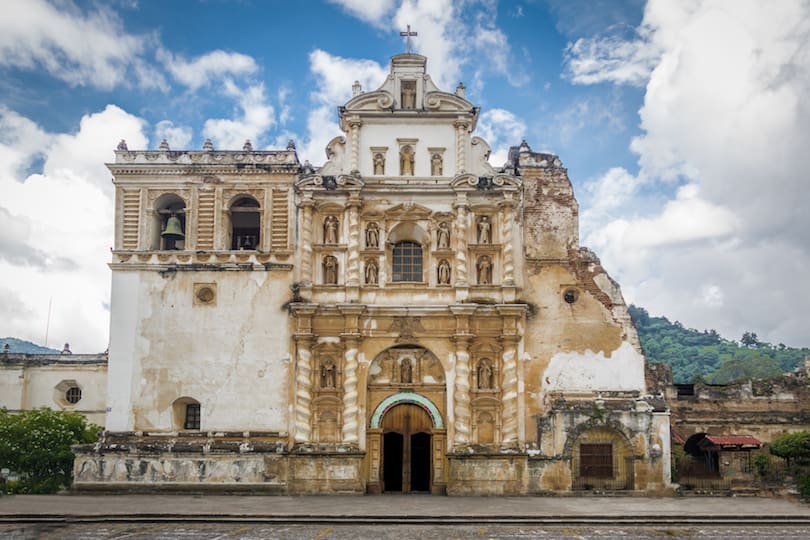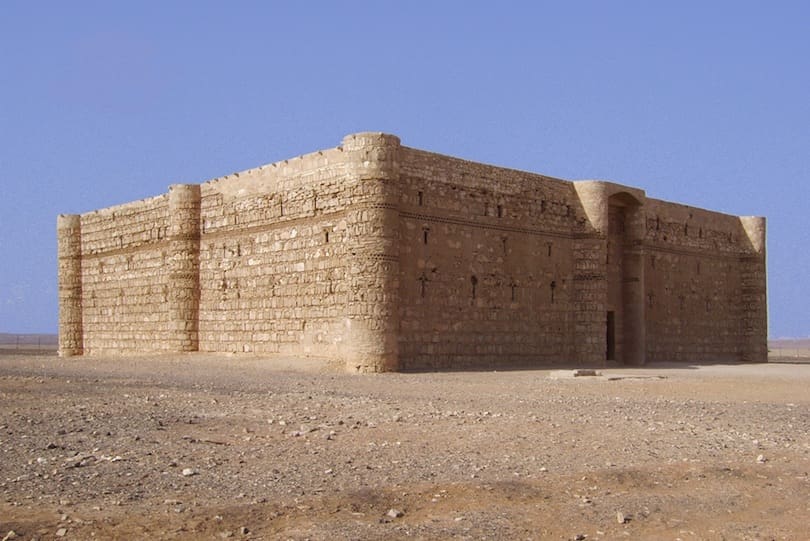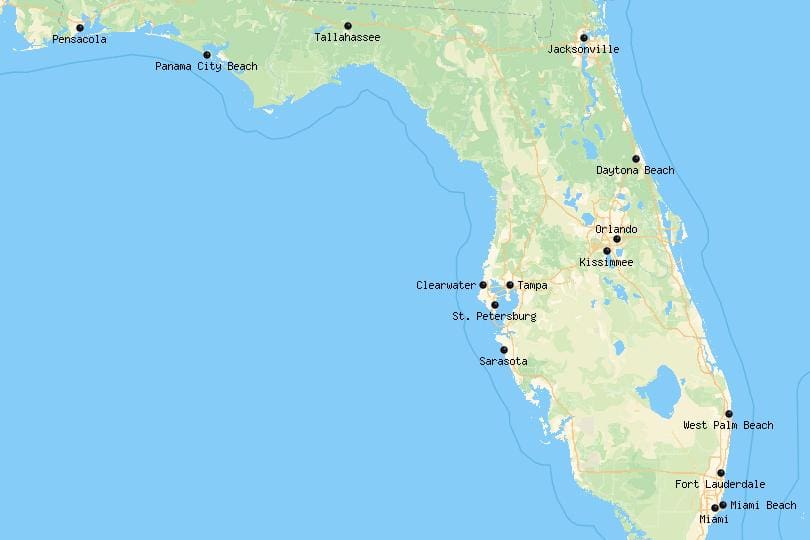Explore the 10 top tourist attractions in Bolivia, a land of rich cultural heritage, stunning landscapes, and vibrant traditions. Discover the best places to visit in Bolivia and make your travel dreams come true.
Introduction
Bolivia, a landlocked gem in South America, captivates visitors with its diverse landscapes, rich history, and warm hospitality. From the soaring Andes Mountains to the vast salt flats of Salar de Uyuni, this country offers a myriad of awe-inspiring attractions that cater to all types of travelers. Whether you are an adventure enthusiast, a nature lover, or a culture seeker, Bolivia has something remarkable to offer. In this article, we will delve into the 10 top tourist attractions in Bolivia that are bound to leave you spellbound. So, pack your bags and embark on a journey to explore the beauty and wonders of Bolivia!
1. La Paz – The World’s Highest Capital
Nestled amidst the Andes Mountains, La Paz stands proudly as the world’s highest capital city. This bustling metropolis combines modernity with tradition, offering a captivating blend of ancient architecture, vibrant markets, and stunning mountain views. Stroll through the colorful alleys of the Witches’ Market, where you can find a fascinating array of traditional herbs and potions. For a breathtaking panorama of the city, take a ride on the Mi Teleférico, the world’s highest cable car system.
2. Salar de Uyuni – The Enchanting Salt Flats
Embark on an otherworldly adventure to the Salar de Uyuni, the largest salt flat on Earth. Stretching as far as the eye can see, this vast expanse of blinding white salt creates an illusion of walking on water. The mesmerizing reflections of the sky on the salt crust during the rainy season create an ethereal landscape. Don’t miss the opportunity to visit Isla Incahuasi, a cactus-covered island rising from the salt flats, offering panoramic views of this natural wonder.
3. Tiwanaku – Ancient Archaeological Site
Unravel the mysteries of Bolivia’s pre-Columbian past at Tiwanaku, an ancient archaeological site located near Lake Titicaca. This UNESCO World Heritage Site dates back to 1500 BC and was once the center of a powerful civilization. Marvel at the intricately carved stone monoliths, the imposing Akapana Pyramid, and the Sun Gate, a celestial calendar that marks the solstices and equinoxes. Immerse yourself in the history and culture of this ancient civilization that shaped Bolivia’s heritage.
4. Lake Titicaca – Birthplace of the Incas
Venture to the shores of Lake Titicaca, the world’s highest navigable lake, and immerse yourself in the mystical beauty of this sacred place. According to Andean legends, this azure lake is the birthplace of the first Inca king. Take a boat ride to the Uros Islands, man-made floating islands constructed from totora reeds. Experience the unique way of life of the Uros people and their fascinating customs.
5. Sucre – The White City
Step into the pages of history as you visit Sucre, Bolivia’s constitutional capital and a UNESCO World Heritage Site. Known as the “White City” for its well-preserved colonial architecture, Sucre exudes an old-world charm that transports you back in time. Explore the Casa de la Libertad, where Bolivia’s declaration of independence was signed, and the Bolivian Textile Museum, showcasing exquisite indigenous fabrics and clothing.
6. Potosi – The Silver City
Uncover the rich colonial history of Potosi, once a thriving mining town and one of the wealthiest cities in the world. This city was founded on the discovery of silver in Cerro Rico, the “Rich Hill.” Take a tour of the Cerro Rico mines to understand the harsh realities faced by the miners. Visit the Casa Nacional de la Moneda, a former mint that once produced the infamous Spanish colonial coins.
7. Yungas Road – The Death Road
For the thrill-seekers, a visit to Yungas Road, famously known as the “Death Road,” is a must. This treacherous mountainous route once held the title of the world’s most dangerous road due to its narrow lanes and steep cliffs. Today, it has been replaced by a safer highway, but adrenaline junkies can still experience the thrill of cycling down the old Death Road.
8. Toro Toro National Park – Dinosaur Footprints and Caves
Journey to Toro Toro National Park, a geological wonderland teeming with dinosaur footprints, ancient caves, and breathtaking canyons. Marvel at the 68-million-year-old dinosaur footprints etched into the rock surfaces, providing a glimpse into the prehistoric past. Explore the Umajalanta Cave, an extensive limestone cave system featuring awe-inspiring stalactites and stalagmites.
9. Rurrenabaque – Gateway to the Amazon
Discover the wild beauty of the Bolivian Amazon in Rurrenabaque, a vibrant town nestled on the banks of the Beni River. From here, you can embark on an unforgettable journey into the heart of the Amazon Rainforest. Take a guided tour to spot diverse wildlife, including monkeys, caimans, and an array of bird species. For a unique experience, consider staying in an eco-lodge deep within the jungle.
10. Samaipata – Ancient Rock Carvings
Last but not least, visit the charming village of Samaipata, home to the mysterious El Fuerte archaeological site. This UNESCO World Heritage Site features massive rock carvings and structures believed to have been created by the Chané civilization. The site’s purpose remains a subject of speculation, adding an air of intrigue to the experience. Explore the quaint streets of Samaipata and savor the relaxed atmosphere of this enchanting town.
FAQs
Q: What is the best time to visit Bolivia?
A: The best time to visit Bolivia is during the dry season, which generally runs from May to October. This period offers pleasant weather and clear skies, ideal for exploring the country’s diverse landscapes.
Q: Are the salt flats of Salar de Uyuni safe to visit?
A: Yes, the salt flats of Salar de Uyuni are safe to visit. However, it is essential to travel with a reputable tour operator that ensures proper safety measures and experienced guides.
Q: Can I visit the Uros Islands on Lake Titicaca?
A: Yes, you can visit the Uros Islands on Lake Titicaca. These unique floating islands are accessible by boat from Puno, Peru, or from Copacabana, Bolivia.
Q: Is Yungas Road still dangerous?
A: Yungas Road, also known as the Death Road, is no longer as dangerous as it once was. The construction of a safer highway has reduced the risks, but caution is still advised for those cycling on the old road.
Q: What wildlife can I see in Rurrenabaque’s Amazon Rainforest?
A: In Rurrenabaque’s Amazon Rainforest, you can encounter various wildlife, including capuchin monkeys, howler monkeys, pink river dolphins, jaguars, and a wide range of bird species.
Q: How do I get to Toro Toro National Park?
A: Toro Toro National Park can be reached by land from Cochabamba, Bolivia. It is advisable to hire a guide to explore the park’s attractions safely.
Conclusion
Bolivia is a land of wonders that beckons adventurous souls and culture enthusiasts alike. The 10 top tourist attractions mentioned above are just a glimpse of what this captivating country has to offer. Whether you find yourself exploring the ancient ruins of Tiwanaku or standing in awe on the vast Salar de Uyuni, Bolivia promises an unforgettable journey filled with beauty, history, and authenticity. So, pack your sense of adventure and curiosity, and let Bolivia unveil its treasures to you.

